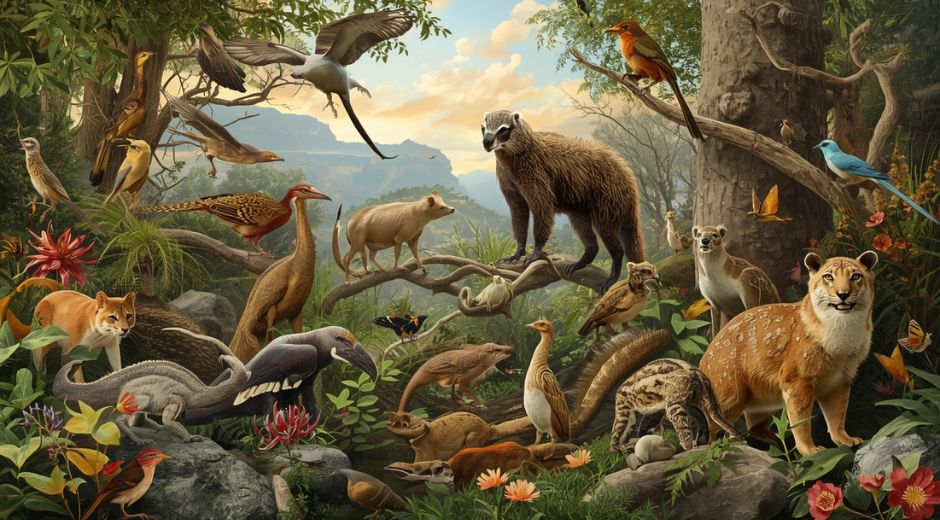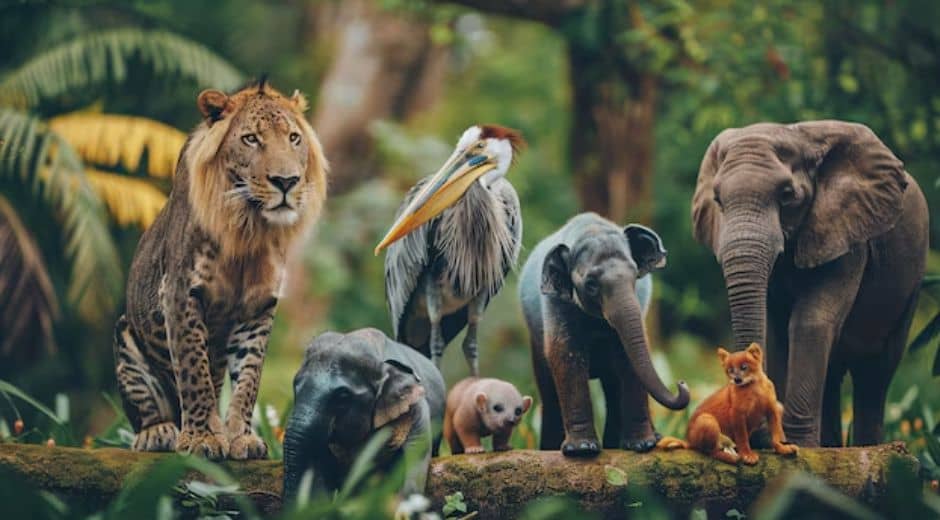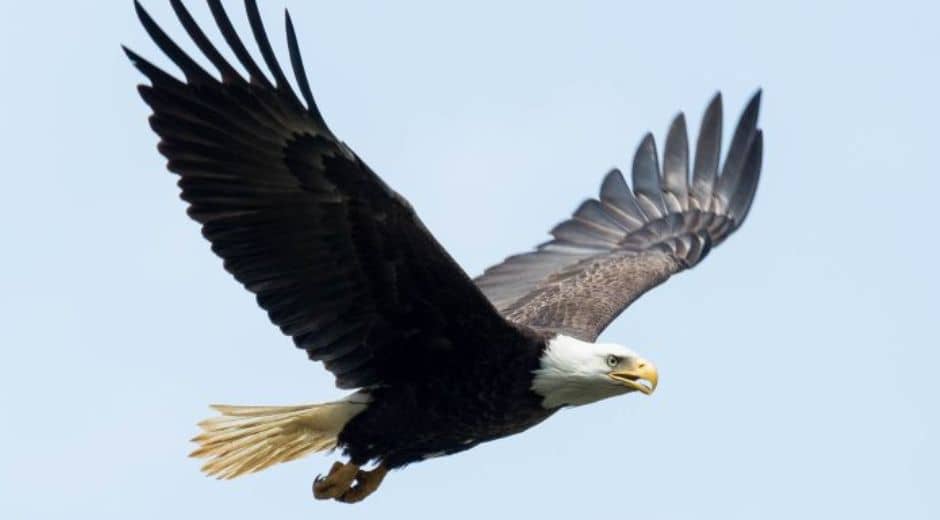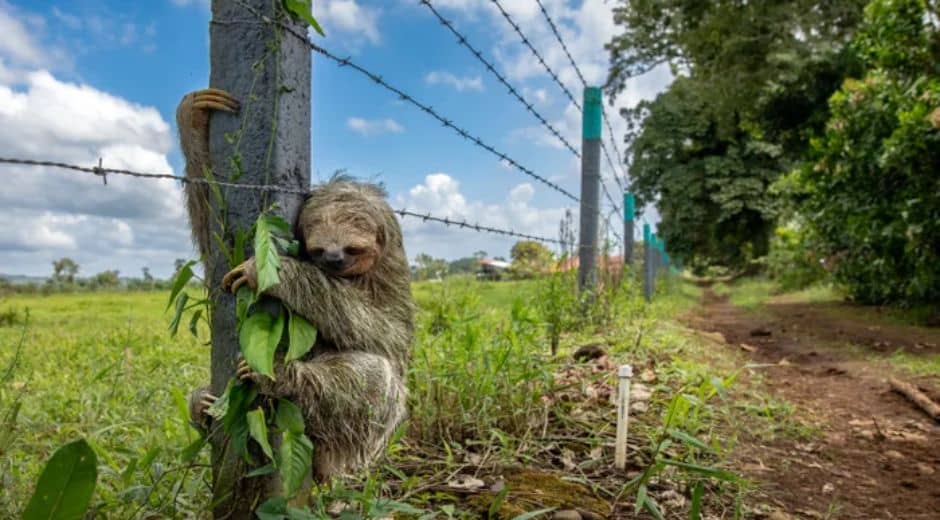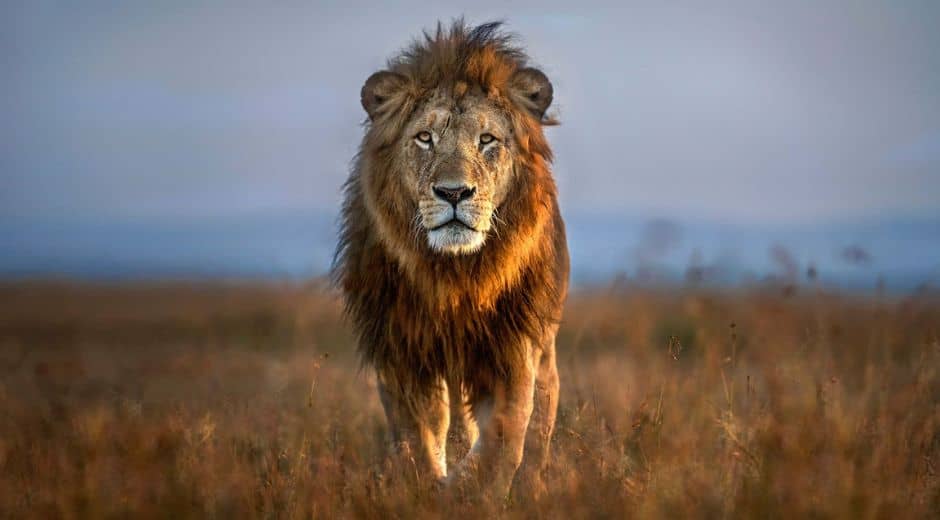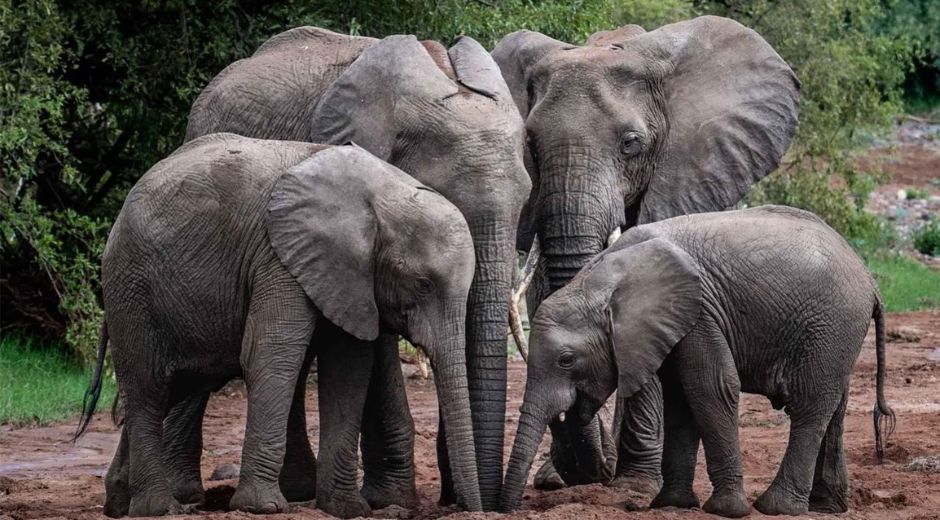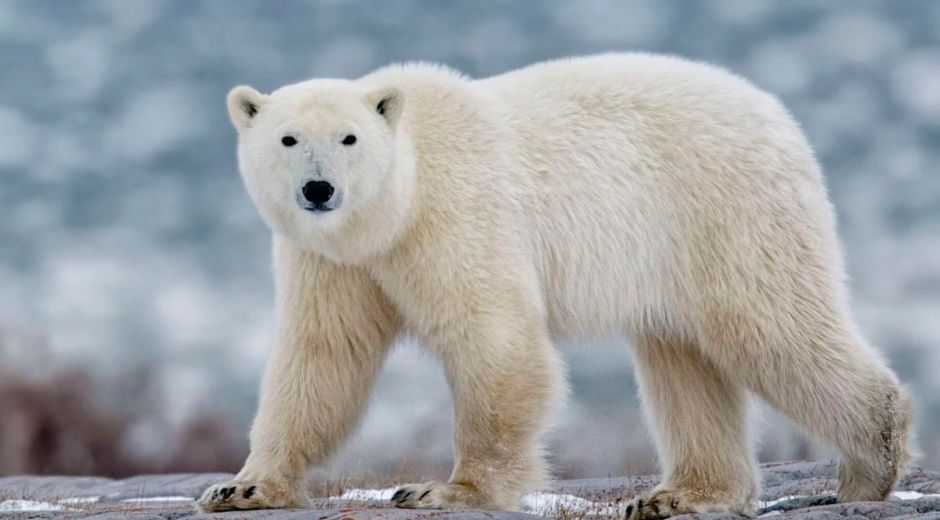Top 7 Native Wildlife Species to Protect and Celebrate
Top 7 Native Wildlife Species to Protect and Celebrate
Protecting native wildlife is essential for maintaining healthy ecosystems and preserving biodiversity worldwide. These unique creatures are not only vital for ecological balance but also contribute to cultural and environmental richness. Understanding and supporting native wildlife helps safeguard natural heritage for future generations. By learning about these species, communities can foster conservation efforts and develop sustainable practices that benefit both people and nature, creating resilient habitats across diverse landscapes.
1. Eastern Box Turtle (Terrapene carolina)
The Eastern Box Turtle is a resilient example of native wildlife that contributes significantly to ecosystem health by controlling insect populations and aiding seed dispersal. Its digging behavior aerates the soil, promoting plant growth and supporting diverse microhabitats. Protecting this species ensures the forest floor remains rich and balanced, supporting countless other organisms dependent on healthy soil structures, which is essential for maintaining the overall ecological integrity of woodland areas.
2. Monarch Butterfly (Danaus plexippus)
The Monarch Butterfly is a famous migratory insect and an important pollinator within native wildlife communities. It supports many flowering plants by transferring pollen, ensuring plant reproduction and diversity. Conserving Monarch habitats, including milkweed plants, is critical to their survival and benefits numerous other pollinators. These efforts help maintain vibrant ecosystems that provide food and shelter to a wide array of insects, birds, and mammals interconnected in complex food webs.
3. Red Fox (Vulpes vulpes)
The Red Fox, a clever and adaptable member of native wildlife, controls rodent populations that could otherwise harm local vegetation and crops. Its presence balances food webs by preying on small mammals and insects, which helps prevent overgrazing and habitat degradation. The Red Fox thrives in both rural and urban settings, highlighting the importance of coexistence between human development and wildlife conservation to ensure ecosystem resilience and diversity.
4. Great Horned Owl (Bubo virginianus)
As a top predator, the Great Horned Owl is a powerful component of native wildlife that helps regulate populations of rodents and other small mammals. This nocturnal bird serves as a bioindicator of healthy environments, thriving in forests, wetlands, and even suburban areas with sufficient tree cover. Their role is crucial for maintaining the natural balance and ensuring that prey populations remain in check, which supports vegetation and reduces disease transmission.
5. North American Beaver (Castor canadensis)
Beavers are extraordinary ecosystem engineers within native wildlife that create wetlands by building dams. These wetlands serve as habitats for numerous species and help filter water, improve biodiversity, and prevent flooding. By modifying landscapes, beavers foster diverse aquatic and terrestrial ecosystems, supporting amphibians, birds, fish, and plants. Their activity also enhances groundwater recharge and improves water quality, proving their invaluable role in ecosystem restoration and climate resilience.
6. Eastern Cottontail Rabbit (Sylvilagus floridanus)
The Eastern Cottontail Rabbit is a common species of native wildlife vital to the food chain, providing nourishment for predators such as hawks, foxes, and owls. Its population dynamics influence predator behavior and vegetation patterns. This small mammal also helps disperse seeds and maintain healthy underbrush. Protecting rabbits ensures balanced ecosystems where all species, from herbivores to carnivores, coexist and support complex ecological interactions.
7. Painted Turtle (Chrysemys picta)
The Painted Turtle is a widespread aquatic species among native wildlife that helps maintain healthy freshwater ecosystems by controlling aquatic vegetation and insect populations. Protecting this species supports water quality and biodiversity in ponds, lakes, and slow-moving rivers. Painted turtles contribute to nutrient cycling and provide food for larger predators, creating interconnected food chains vital to aquatic and riparian habitats, which are often sensitive to environmental changes.
Protecting native wildlife is not only an ecological necessity but also enriches our cultural heritage, outdoor recreation, and scientific understanding. To learn more about wildlife conservation and natural habitats, visit World Wildlife Fund, a leading organization dedicated to preserving our planet’s biodiversity and promoting sustainable living.
Final Thought
Additionally, the connection between thriving native wildlife and outdoor activities is highlighted by SportsoulPulse, which emphasizes how healthy ecosystems enhance sports and recreational experiences by fostering clean, natural environments. Their work helps communities appreciate the importance of nature in physical and mental well-being.
At BionatureVista, we encourage you to support and celebrate your local fauna. By protecting native animals and their habitats, you contribute to a sustainable future where nature and people thrive together, preserving the earth’s remarkable biological heritage for generations ahead.
Nature Inspires Every Step
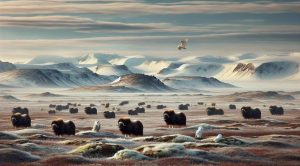
How Tundra Wildlife Survives Extreme Arctic Conditions
How Tundra Wildlife Survives Extreme Arctic Conditions

Life Above the Trees: Exploring the Rainforest Canopy
Life Above the Trees: Exploring the Rainforest Canopy
